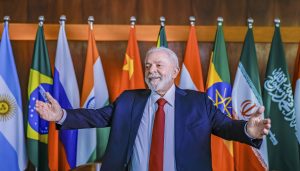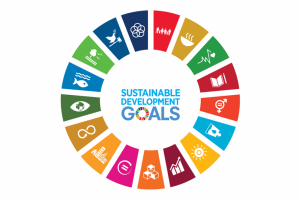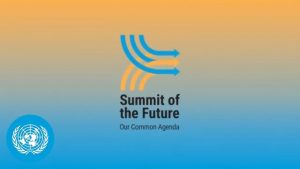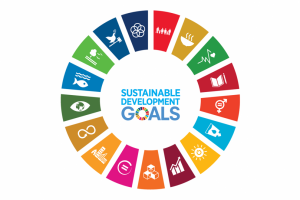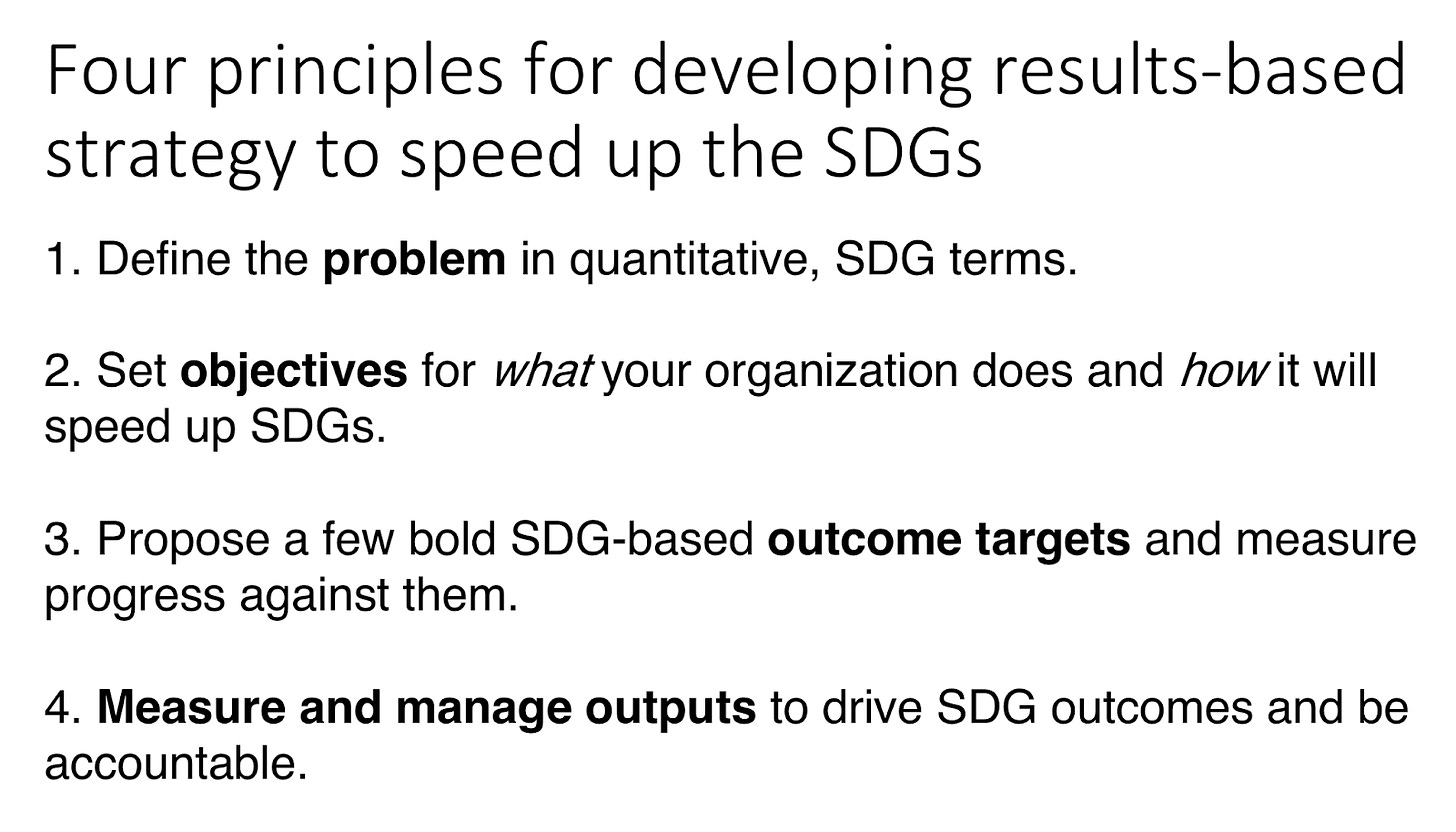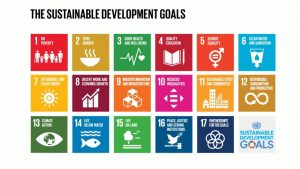
So as you will read a slightly truncated Alan’s Newsletter Substack Post, but there is a good reason.
So this week’s Post will be a wee bit truncated. Why you ask? Well, I am with many other political science and international relations colleagues in Vancouver for the APSA (American Political Science Association) Annual gathering. How many, I am not yet sure but I suspect fewer than had originally been planned for by the Convention. I had organized a Roundtable on Middle Powers and several of my colleagues were unable to actually join us because their institutions had cut all travel grants for faculty and colleagues. Rather sad.
But I couldn’t sign off for this week before commenting on a very good piece published by Adam Tooze from Columbia University and Director of the European Institute and nonresident scholar at Carnegie Europe. Tooze does a Substack named Chartbook. He is quite prolific and insightful. And because he was commenting on the SDGs I couldn’t resist examining his analysis. The fact is we have the UN80th gathering and the High-Level week for the UNGA is just about upon us from September 22-30th. And the SDGs are an important feature. As described by the UN:
“The 80th session of the United Nations General Assembly – under the theme Better together: 80 years and more for peace, development and human rights – comes at a pivotal moment to renew global commitment to multilateralism, solidarity and shared action for people and planet. This year’s high-level week highlights the urgency of delivering on the promise of the Sustainable Development Goals and reinvigorating global cooperation. Two key platforms will spotlight action and solutions: the flagship SDG Media Zone produced by the UN Department of Global Communications with dynamic interviews and panel discussions on SDG solutions held from 22–26 September; and the Goals Lounge, convened by the UN Deputy Secretary-General and hosted by the UN Office for Partnerships from 20-26 September, featuring unscripted dialogues, deep dives into vital issues and interactive experiences. All events are live streamed on UN WebTV.”
And while there is determination by many associated with the UN, or committed to UN multilateral reform to spur renewal the UN finds itself at its 80th anniversary deep in crisis as I noted in previous Posts.
And here is where Adam Tooze comes in with his recent FP article, “The End of Development”. Not surprisingly Tooze focuses on the Trump administration and its reaction to the SDGs. As described by Tooze:
“In the letter, the U.S. government categorically rejected the entirety of the United Nations’ Sustainable Development Goals, or SDGs. This wasn’t simply a withdrawal, as from the climate commitments of the Paris Agreement; it was an unambiguous denunciation of the collective ambition to improve the material condition of humanity. American voters, the letter claimed, had delivered a clear mandate in the last election: Their government must put America first, caring first and foremost for its own.”
“Yet the justification did not stop at nationalism. It expanded into a broader geopolitical critique.The letter argued that the resolution’s language—specifically, its reference to “peaceful coexistence”—could be read as an endorsement of China’s Five Principles of Peaceful Coexistence.Similarly, the United States objected to the resolution’s phrase “dialogue among civilizations,”interpreting it as a nod to Chinese President Xi Jinping’s Global Civilization Initiative.”
“While the rest of the world proceeded with the vote, the Trump administration’s intervention laid bare the fact that the apparent consensus around the SDGs—touted since 2015 as a universal blueprint for development—had collapsed.”
While Tooze focuses on this depressing, though not surprising, Trump administration take on the SDGs and more broadly on development, he identifies a goal that was always a very far reach. As Tooze notes:
“The broader vision of the SDGs was always a gamble at long odds, and in practice, it has delivered so little that it raises the question of whether it was ever anything more than a self-serving exercise on the part of global elites. For the sake of their own collective vanity, they needed to convince themselves and the world that they had a comprehensive and bold vision. But it’s something else to mobilize and sustain an effort to realize the SDGs.”
“And this, in turn, reflects a refusal to admit what development actually means or to anticipate how the status quo powers will react once it happens. With hindsight, the SDGs, for all their capaciousness and generosity of spirit, seem like an effort to craft a world organized around a spreadsheet of universal values rather than politics and around a happy blend of public and private economic interests.”
And as Tooze then suggests:
“In retrospect, the SDGs now look less like a new dawn than the final gasp of a unipolar, end-of-history fantasy. Rather than billions leveraging trillions, the track record of blended finance is dismal. It is rare to see more than cents on the dollar mobilized in private money. In key areas of innovation such as green energy and artificial intelligence, the developing world, far from catching up, is left even further behind.”
“Whatever happens to the individual components of the SDGs—worthy objectives such as reducing child mortality and digital inclusion—one thing is for sure: The age of a politically neutral, universally endorsed development agenda is over.”
“The passing of the SDGs should be a cause for real regret. Theirs was an extraordinary and comprehensive vision. Along with the Paris Agreement, they marked a high-water mark of a certain kind of universalism.”
Tooze turns approvingly to what he sees as the successful national effort of China:
“China is the world’s greatest development success. On that basis, it has emerged as a lender and as a development power. At its high point in 2016-17, lending under the Belt and Road Initiative for a while matched that by the World Bank. Though Belt and Road subsequently slowed, China’s strategic direction remains clear. The CCP believes that material transformation is the key to legitimacy and peace. The phrase often repeated by the Chinese leadership, quoting from Xi, is that development is the “master key.””
“Xi’s Global Development Initiative was China’s answer to the SDGs. It was not an overall rejection, let alone a point-blank denunciation, but a rewriting so as to focus on just eight key areas, including poverty alleviation, food security, pandemic response and vaccines, development financing, climate change and green development, industrialization, the digital economy, and connectivity in the digital age, all under the sign of “results-oriented actions.””
And Tooze then concludes that there is a way forward but far distinct from this universal approach of the SDGs as set out by the UN and with lessons learned from the success of China development:
“The bland box-ticking vision of 2015 is no longer our world. But in its rejection of the shared U.N. agenda in the name of strident sovereignty, the United States is indulging in a politics of denunciation more becoming of a downtrodden developing country than a former unipolar hegemon. By contrast, China’s blend of realpolitik with ideology and national interest cannot help but seem rational and balanced as well as being backed up by an unparalleled national record of development and huge resources.”
The outstanding question is where does the UN effort go and in turn at some point the US likely post Trump.
Image Credit: APSA
This Post originally appeared as a Substack Post at Alan’s Newsletter – https://substack.com/home/post/p-173380329

